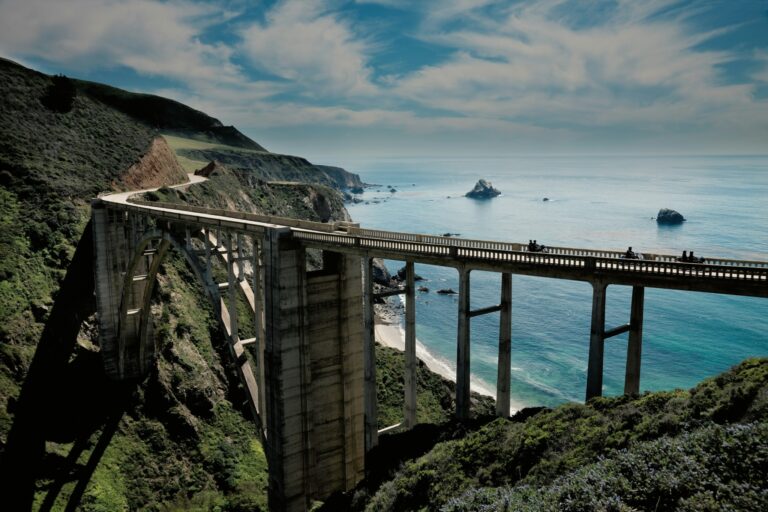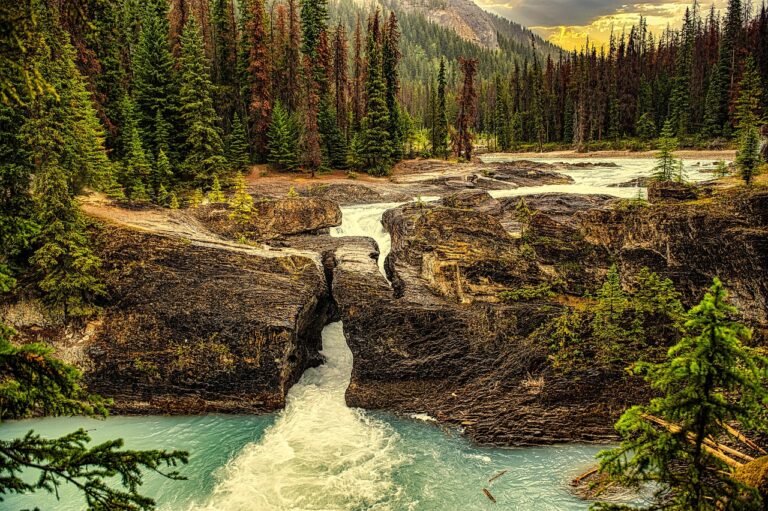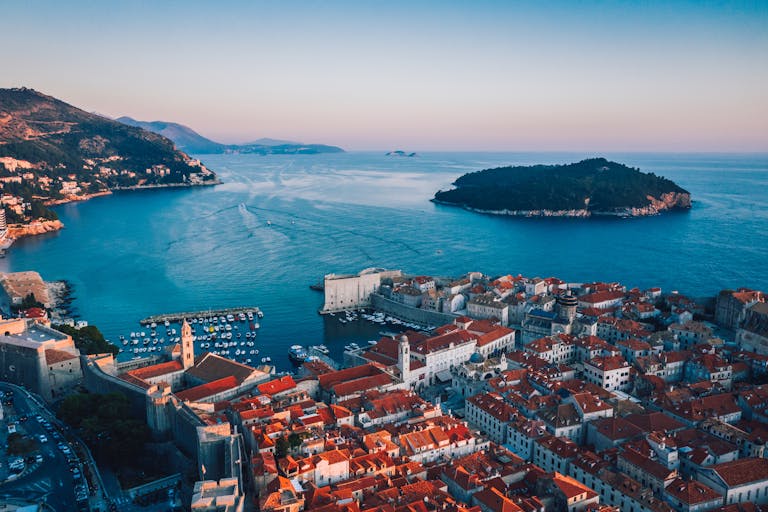10 Intriguing Facts About the History of the Great Wall of China
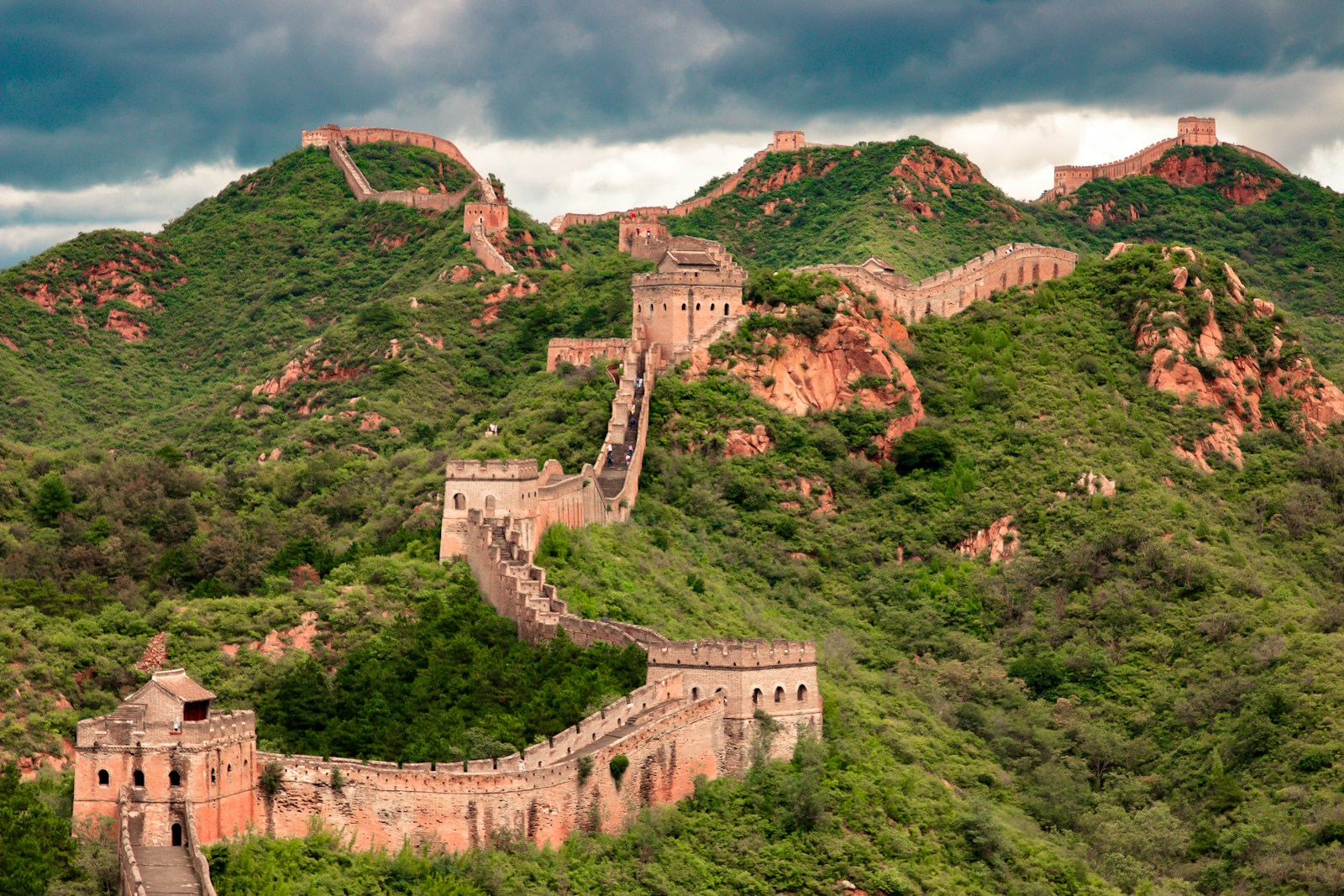
The Great Wall of China stands as one of the most famous and enduring historical landmarks in the world. Stretching over 13,000 miles, the wall is not a single, continuous structure but a series of fortifications that tell the stories of emperors, armies, and evolving cultures. To truly appreciate its grandeur, it’s essential to understand its fascinating background. Here are 10 intriguing facts about the history of the Great Wall of China that’ll inspire you to explore this marvel.
The Origins of the Great Wall of China
How the Great Wall Was Built to Unite Ancient China
The foundation of the Great Wall’s history dates back to the Warring States period (475–221 BCE) when China was divided into several feuding kingdoms. They built fragmented walls to defend against invasions, particularly from northern nomadic tribes. When Emperor Qin Shi Huang unified China in 221 BCE, he ordered the connection of these scattered walls into a unified defense system. This marked the first systematic effort to construct the Great Wall as a cohesive unit.
If the historical significance of landmarks fascinates you, consider exploring 7 Famous Landmarks in Italy You Can’t Miss for more inspiration.
The First Emperor and His Vision for the Great Wall
Qin Shi Huang’s vision extended beyond constructing a defensive barrier. He wanted the wall to symbolize strength and unity in China. Using rammed earth as the primary construction material during this era, he initiated what would become one of the greatest architectural feats in human history. Thousands of laborers, including soldiers, prisoners, and peasants, toiled tirelessly under his orders, cementing the Wall’s initial legacy.
Fascinating Construction Details of the Great Wall
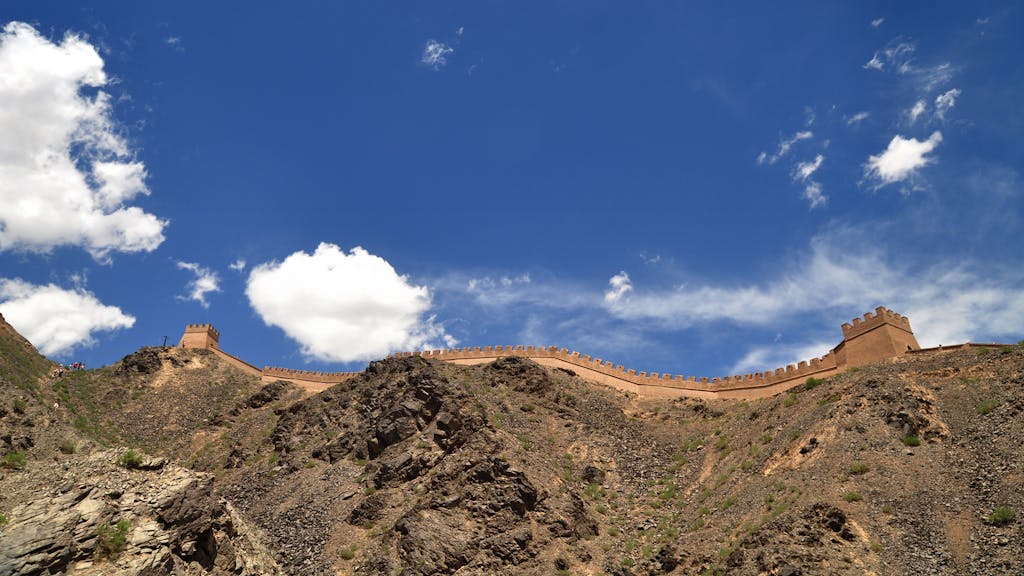
Materials Used in Building the Great Wall Over Centuries
Contrary to popular belief, the Great Wall is not a uniform structure; it evolved over time. During its early days, materials like compacted earth, wood, and stones were used. It wasn’t until the Ming Dynasty (1368–1644) that bricks and lime mortar became prevalent. This innovation allowed for stronger fortifications that have stood the test of time.
For insights on other architectural wonders, don’t miss Discover the Wonders of Morocco: A Guide to Top Travel Destinations for a look at amazing global structures.
The Labor Force Behind the Great Wall’s Epic Structure
Building the Great Wall was no simple task. It’s estimated that millions of workers contributed to its construction over centuries. The conditions were harsh, and many laborers lost their lives during the process. This led to its nickname, “the longest cemetery on Earth.” Despite the hardships faced, the labor force’s efforts created a structure that still inspires awe today.
The Great Wall’s Role in Chinese History
Defense Strategies and Military Significance
The primary function of the Great Wall was to protect China from invasions, particularly by the Xiongnu tribes from the north. Watchtowers, signal fires, and barracks were strategically positioned along the wall to enable communication and effectively plan military strategies. The wall wasn’t merely a blockade but an integral part of China’s defense network.
Trade, Culture, and the Great Wall as a Gateway
While the Wall served as a barrier, it also acted as a gateway for trade. During the Han Dynasty, sections of the Great Wall were crucial to protecting the Silk Road, allowing the flow of goods, culture, and knowledge between China and the rest of the world. This dual role made the Wall not just a tool for war but a symbol of connectivity.
For other landmarks representing trade and culture, check out Discover Japan’s Wonders: A Complete Guide for Your Next Holiday for insights into another intriguing destination.
Little-Known Facts About the Great Wall of China
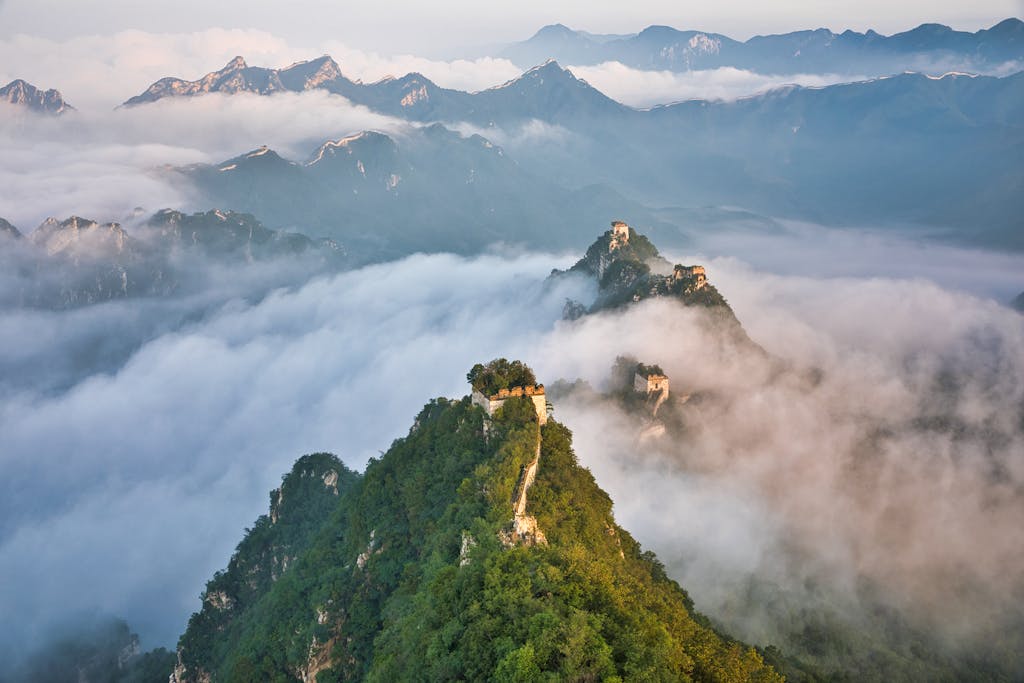
Hidden Sections and Secrets of the Walls
Many people believe the Great Wall is a single, linear structure, but that’s far from the truth. Numerous hidden or lesser-known sections stretch into the wilderness. Some remain undiscovered, buried under centuries of natural vegetation and erosion. Additionally, there are areas designed with secret passageways for military maneuvers, showcasing the clever ingenuity of its constructors.
Curious about unique and breathtaking places? Visit Hidden Gems & Iconic Wonders: The Most Beautiful Places in the World for more inspiration.
Myths and Legends Tied to the Great Wall
The Great Wall has inspired countless myths and legends. One of the most famous is the story of Meng Jiangnu, whose tears for her husband, who died while laboring on the Wall, are said to have caused it to collapse. Stories like these add a layer of human emotion to the history of the Great Wall of China, making it more than just a physical monument.
The Great Wall of China in Modern Times
Preservation Efforts to Protect This Ancient Wonder
Time and natural elements have taken their toll on the Great Wall. Though it remains a UNESCO World Heritage Site, only about 30% of the original structure is intact today. Preservation efforts by Chinese authorities and international organizations are ongoing, focusing on restoring degraded sections while maintaining historical authenticity.
Want to learn about other must-visit wonders? Check out 10 Must-Visit Destinations Before You Die: The Ultimate Travel Bucket List to expand your travel horizons.
How to Experience the Great Wall as a Tourist
The Great Wall has become a must-visit travel destination, attracting millions of tourists annually. Popular sections such as Badaling and Mutianyu are well-preserved and accessible. For adventurous travelers, hiking along less-visited stretches like Jinshanling or Gubeikou offers a more authentic glimpse into its rugged history.
The Legacy of the Great Wall of China
Cultural Significance and Symbolism in Chinese Society
The Great Wall has become an enduring symbol of China’s strength, unity, and ingenuity. It represents the resilience of a nation and its ability to overcome adversity. Today, it’s celebrated in literature, art, and global events, reaffirming its role as one of the most iconic features of Chinese culture.
Why the Great Wall Remains One of the World’s Ancient Wonders
The Great Wall of China is one of the Seven Wonders of the Medieval World for a reason. Its scale, history, and architectural brilliance place it among the most significant achievements of human civilization. Beyond its function, it stands as a testament to human determination and vision, an enduring inspiration for generations.
FAQs About the History of the Great Wall of China
How Long Did It Take to Build the Great Wall?
The construction of the Great Wall spanned over 2,000 years, with contributions from multiple dynasties, starting in the 7th century BCE up until the 17th century. The scale and effort are mind-boggling, involving millions of workers across centuries.
Is the Great Wall Really Visible from Space?
Despite popular belief, the Great Wall isn’t visible from space with the naked eye. While it’s an enormous structure, its materials and colors often blend into the surrounding landscape. This myth persists, but it doesn’t diminish the Wall’s grandeur.
Final Thoughts on the Great Wall of China’s History
Lessons We Can Learn From This Timeless Monument
The history of the Great Wall of China holds profound lessons about resilience, innovation, and the power of unity. It demonstrates humanity’s ability to build something extraordinary, even in the face of adversity.
Inspiring the World Through Its Rich and Powerful History
As one of the most visited historical landmarks in China, the Great Wall continues to connect people worldwide. It stands for cultural exchange, human endeavor, and the timeless drive to leave a legacy. Exploring its storied past not only enriches our understanding of history but also inspires us to strive for our own monumental achievements.
Today, the Great Wall is more than just a tourist destination; it’s a living narrative of human ambition and creativity. Whether you’re marveling at its architecture or walking its timeworn paths, you’re bound to feel a profound connection to history.

